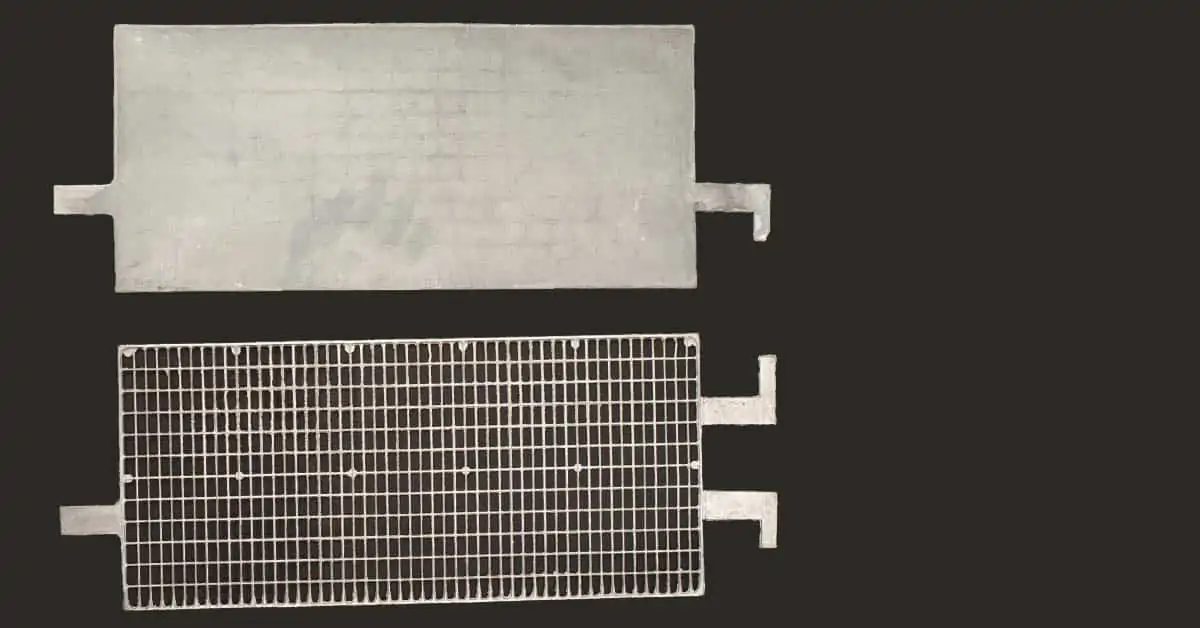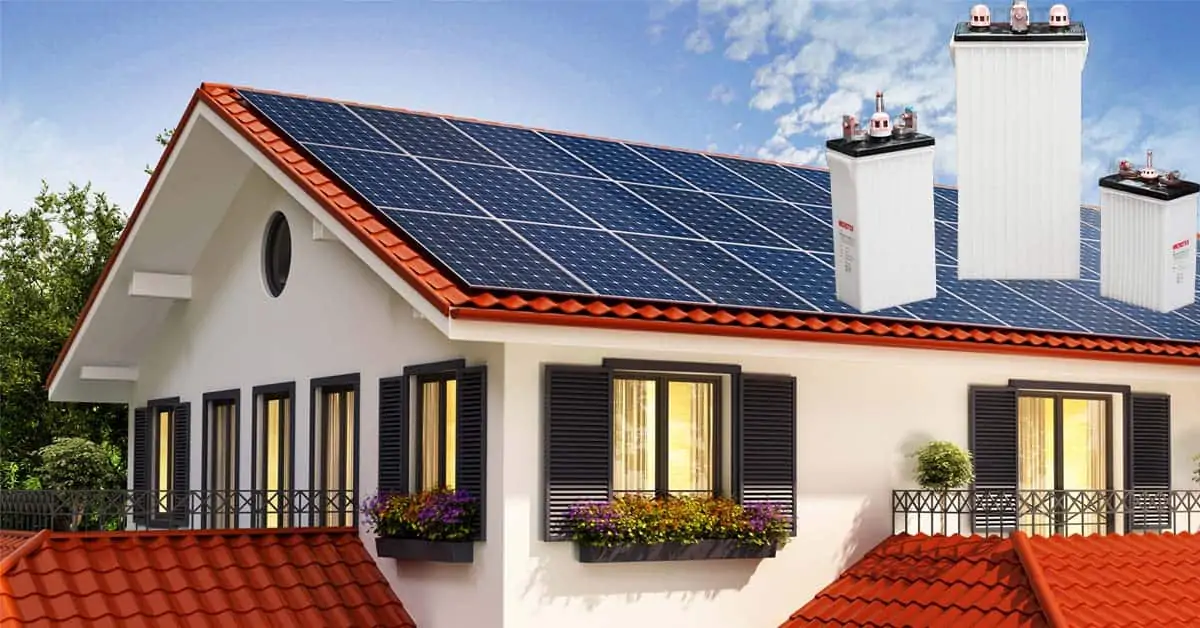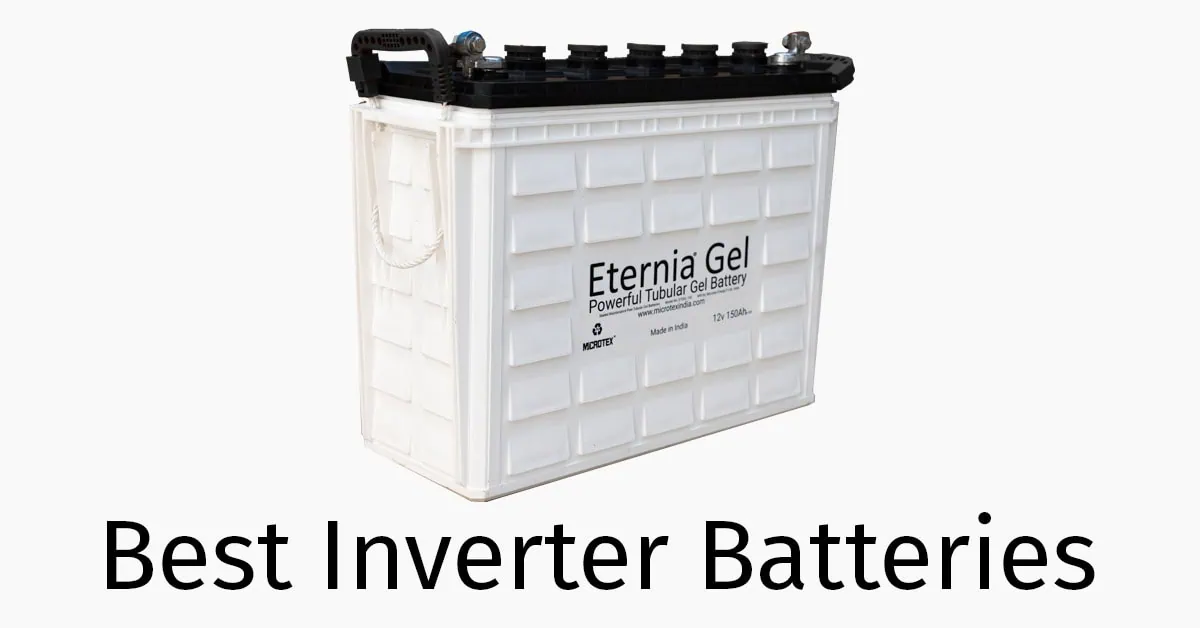Winter storage of lead acid batteries
How to store batteries during long periods of absence?
Flooded Lead-acid batteries are used for a wide variety of applications from home inverters, golf carts, marine, campers & recreation vehicles. During winter it becomes inevitable that we may not be able to use them. Batteries tend to perform with higher discharges & recharge rates in warmer climates. In winter it slows down the rate of charge & discharge. At low temperatures, the liquid electrolyte can freeze up if the battery is left uncharged before storage.
The most common mistake we can make is to store the flooded lead-acid battery without charging them completely, first. The basic chemistry in the reactions of charge-discharge of the lead-acid battery is enabled by the electrolyte. The electrolyte specific gravity is lower when the battery is discharged and higher when the battery is fully charged. This is the basic principle.
The liquid electrolyte when it is discharged is closer to the specific gravity of water than when it is fully charged. Water freezes up at temperatures below freezing point. As the temperature drops, the freezing electrolyte expands due to the properties of water – anomalous expansion of water, (the same reason a beer bottle left inside the freezer can break). This can lead to the battery casing to break.

Always do a bench charge (usually refers to removing the battery and charging it with an external charger) and fully charge the battery. This brings the electrolyte specific gravity of the flooded battery to its original higher level. The chances of the battery acid freezing up are lesser.
Fully charging a battery before storage also ensures that the battery does not sulfate immediately. Batteries usually can be safely stored for up to six months before they can cause harm due to self-discharge. This is a usual phenomenon where the battery loses charge every week if it is left to sit without charge or discharge.
Good battery manufacturers usually declare the rate of self-discharge as a percentage in the specifications sheet. It is recommended to do a freshening charge after six months if the battery needs to be left in storage. If the battery is fully discharged and left to sit, it can cause sulfation an irreversible failure mode. Starting off with a fully charged battery extends the life of the battery.
Winter storage of lead acid batteries - Steps to follow:
- Disconnect the terminals of the battery from the load
- Fully charge the battery using an external charger
- Clean the battery with a wet cloth to remove any traces of acid and keep the top of the battery & the terminals clean. If there is any traces of acid on the top of the cover, leakage current from the path created flow continuously and discharge the battery sooner.
- Leave the battery inside a covered area preferably & not in the open exposed to cold
The benefit of storing in cold temperature is the slower discharge rate
When the warm weather returns & it is time to use the battery, give the battery a fresh full charge
For warm tropical climates such as in most parts of India or Africa
The first step is to charge the battery fully preferably from an external source.
Disconnect the battery terminals and keep the top of the battery and terminals clean. If there is any acid on top of the cover, leakage current will flow continuously and discharge the battery partially.
Leave the battery in the shade to avoid heating up which increases self-discharge and capacity loss.
The battery will undergo self-discharge. This depends on the type of chemistry used.
If the battery is maintenance-free, self-discharge will be lower. The drop in specific gravity will be less. But a conventional battery will withstand storage for up to 6 months without any problem.




